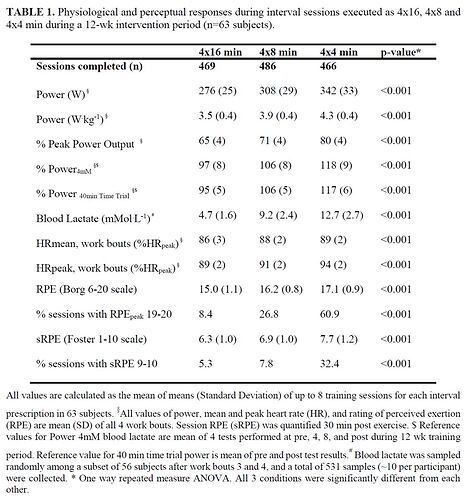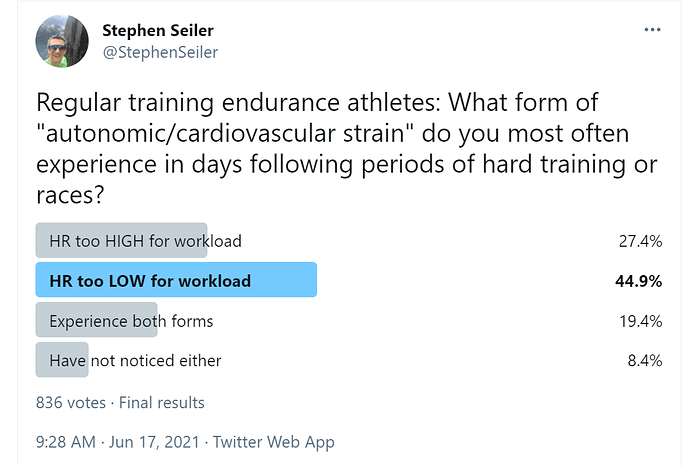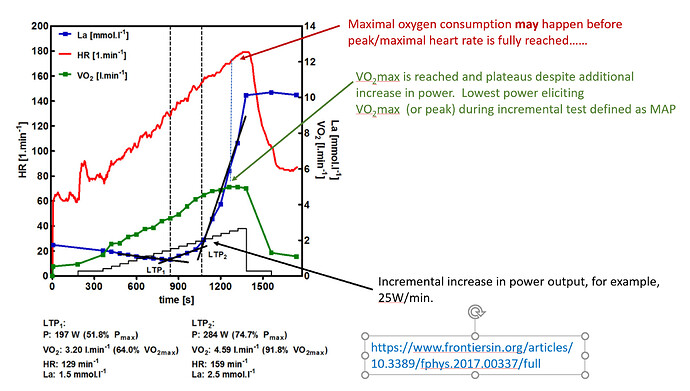Great conversation! @gerrard thanks for getting it started.
@stephen.seiler has done a great job explaining the various nuances. Fully agree with everything he said. And truly appreciate that he’d take the time to respond on our forum.
I do feel I should pipe in just to clarify a few messages that @chris and I have been trying to communicate on the show because I feel we still have some work to do on that…
First and foremost, a really important message that I hope we do eventually communicate is that training is not about a specific power or heart rate number. Going from 300 watts to 305 watts does not suddenly change the energy system you are targeting. It’s a broad range and more importantly a range that changes day to day.
We actually included that bit with Kristin Armstrong in the episode intentionally to make that exact point. We’ve heard from many listeners who believe they are only training their threshold power/aerobic system if they are sitting right at FTP (which, as Dr Seiler pointed out, isn’t truly a physiological number itself.) I liked having a world champion time trialist say “nope, you’re still training it at 110%,” again emphasizing it’s a range.
To address your question, yes, I am big on targeting energy systems, but the intensity of the workout is only one of many factors and often not the most important factor. When I prescribe workouts to my athletes I give them a very large heart rate/power range or sometimes my prescription is a simple “as hard as you can go for the timeframe.”
I actually talked about that on a recent episode where I was doing hill repeats and one week I did them at 350 watts. The next week my legs weren’t as good so I did them at 320 watts. But I was still hitting the same energy system and accomplishing the same purpose. But as a percentage of FTP the one week was about 110% and the other week was about 97%.
What’s more important is the execution. I actually just wrote an article addressing this question. If you’re interested you can check it out here: Your Guide to High-Intensity Training - Fast Talk Laboratories.
In the article I use the hill repeats as an example. I’ve seen people do them where every repeat they are letting their power drop 20-30 watts. To me that’s poor execution, not because of any particular percentage but because they are never truly stressing their aerobic system and may not get an adaptation out of the workout. To get the adaptation, I feel the workout needs to be done at a consistent wattage. I’m not as concerned about exactly what that wattage is as long as it’s in the right range. That’s an example of what I mean by “execution”
In that same article, I addressed VO2max intervals. I do think the name is a misnomer. I don’t think they truly train your VO2max. And actually on the episode we have a great segment with Dr Seiler saying that VO2max quickly becomes untrainable. LIkewise, in a previous episode we had a fun conversation with Sebastian Weber about VO2max intervals and how both of us felt they are confusing interval with no clear purpose.
So just to make sure I haven’t confused anyone, in the episode we were not trying to promote VO2max intervals. We discussed them because they are popular, but I don’t personally prescribe them and as someone who really cares about targeting energy systems, I find they can be all over the map.
Great conversation! Hope I clarified a few things about he episode.
Thanks,
Trevor




